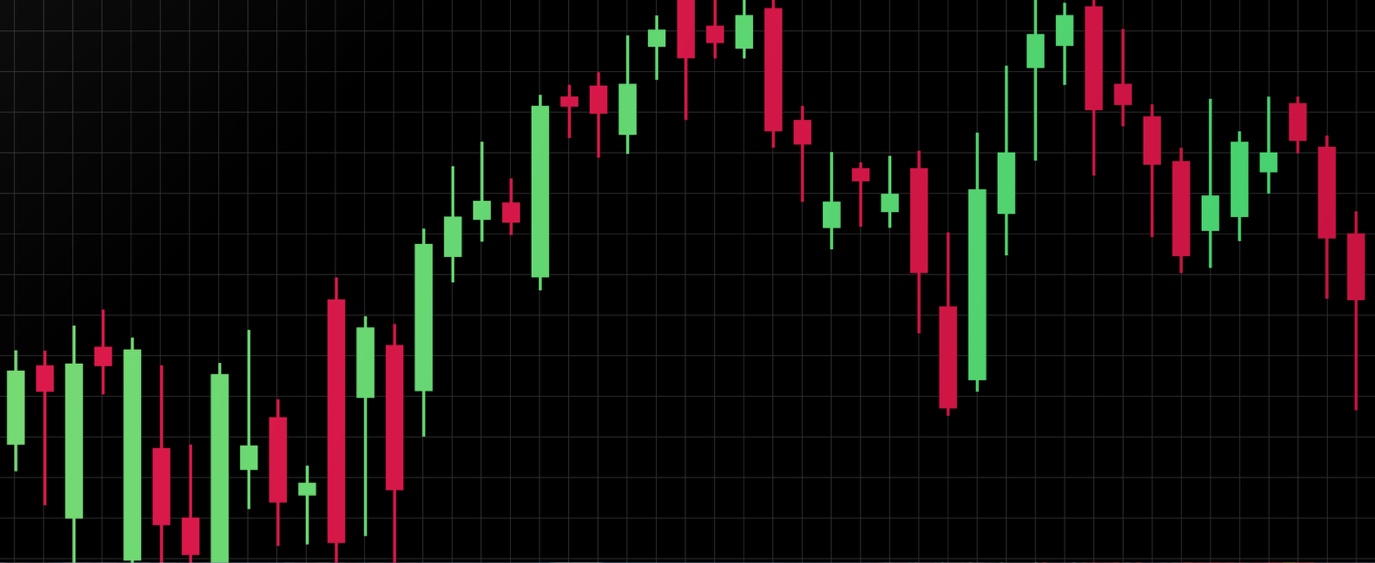Oct 26, 2018
What’s a Market Correction?
We explain this market term and why it’s not always something to panic about.

Markets have corrections when they fall 10% or more from a previous high. The Dow and other indexes have been on a wild ride for most of the month. Since October 10, 2018, the Dow has fallen more than 2,000 points from a record high in September 2018, or about 8.5%. That means it’s about 1.5 percentage points away from a correction.
Other indexes are also near correction territory. The S&P 500, a grouping of 500 big company stocks, is down about 8%. And the technology-focused index called the Nasdaq entered a correction on October 11, 2018.
Indexes enter a bear market–a more serious occurrence—when they drop 20% or more, as happened in the months following the financial crisis in 2008 and 2009, when equities lost approximately half their value.
In and of themselves, corrections aren’t something for investors to panic about, according to experts.
In fact, 10% drops occur about once a year during normal times, Savita Subramanian, head of the United States Equity and Quantitative Strategy team at Bank of America Merrill Lynch told the New York Times earlier this year. Bear markets have occurred four times in the last five decades, according to reports.
What’s causing it?
Some of the factors causing indexes to fall recently are disappointing earnings for the third quarter from tech companies and others, a trade war with China, and fears about rising interest rates, among other things.
Businesses, investors, and financial experts fear that rising interest rates and inflation could have a negative impact on the economy and the stock market.
Related Articles

15 Largest AI Companies in 2024

The 12 Largest Cannabis Companies in 2024

What Is a Traditional IRA?

Saving vs. Investing: 2 Ways to Reach Your Financial Goals

How To Invest in the S&P 500: A Beginner’s Guide for 2024

Stock Market Holidays 2024





